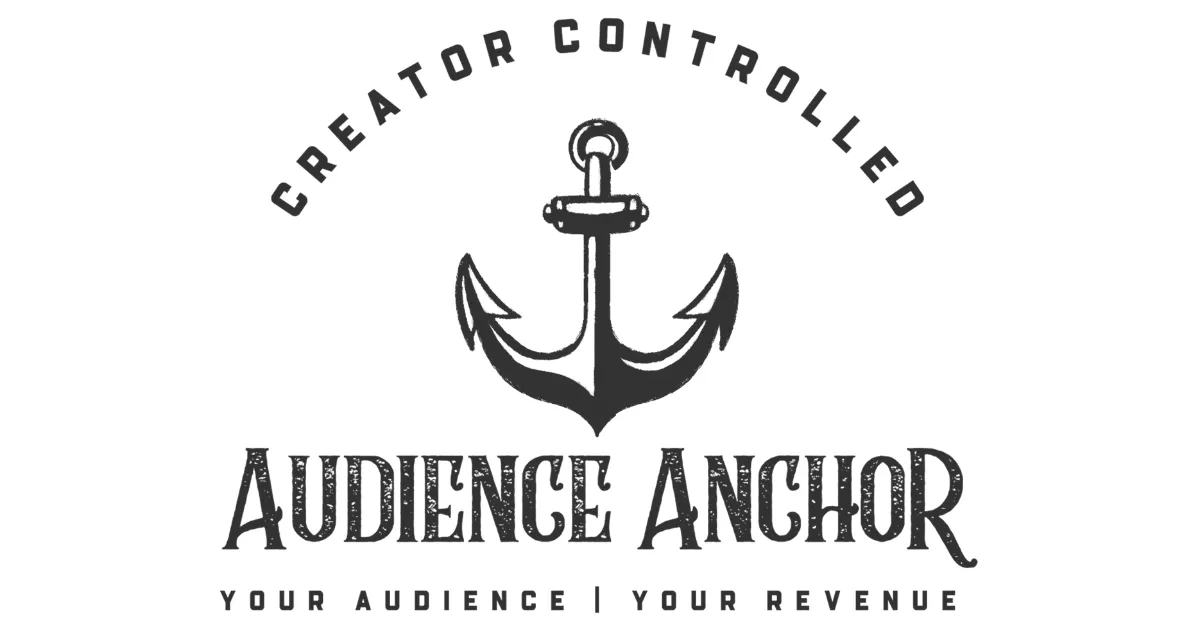
Deplatformed
They’re trying to erase me because I tell the truth. This isn’t about me—it’s about controlling what you’re allowed to hear. - Alex Jones
The Ripple Effect: What Happens When a Content Creator Gets Deplatformed
In the digital age, content creators wield immense influence, building communities, shaping discourse, and often making a living through platforms like YouTube, X, TikTok, or Twitch. But what happens when the rug is pulled out from under them? Deplatforming—when a creator is banned or restricted from a platform—can have profound consequences, not just for the individual but for their audience, the platform, and the broader online ecosystem. Let’s dive into the fallout and explore the ripple effects of this controversial phenomenon.
The Immediate Shock: Loss of Livelihood and Identity
For many creators, their platform is their livelihood. A sudden ban can mean an abrupt loss of income, especially for those who rely on ad revenue, sponsorships, or subscriptions. Take YouTube, for example, where top creators can earn thousands per video. Deplatforming halts this instantly, leaving creators scrambling to pivot. Patreon or Substack might offer alternatives, but rebuilding an audience elsewhere takes time and often yields a fraction of the original reach.
Beyond finances, deplatforming strikes at a creator’s identity. Platforms are where they’ve cultivated their voice, community, and brand. Being banned can feel like being exiled from a digital home. Creators often report feelings of betrayal, confusion, or anger, especially if the ban lacks clear explanation—a common complaint with platforms’ opaque moderation processes. For instance, in 2023, several X users faced suspensions with vague references to “policy violations,” sparking debates about transparency.
The Audience Reaction: Fragmentation and Polarization
When a creator is deplatformed, their audience doesn’t just vanish—it fragments. Loyal fans may follow them to alternative platforms like Rumble or Locals, but casual viewers often drift away, unwilling to jump ship. This fractures the creator’s reach and weakens their influence. For example, when controversial figures like Andrew Tate were banned from mainstream platforms in 2022, their core supporters migrated to niche sites, but their broader cultural footprint shrank.
Audience reactions also fuel polarization. Supporters often rally, framing the ban as censorship or an attack on free speech. Hashtags like #Free[CreatorName] trend, and petitions circulate. Conversely, detractors celebrate, arguing the creator’s content was harmful or violated community standards. This tug-of-war amplifies division, with each side entrenching further. A 2024 study from MIT found that deplatforming controversial figures often boosts their “martyr” status among followers, paradoxically increasing their influence in certain circles.
The Platform’s Perspective: Risk vs. Reward
Platforms don’t deplatform lightly—it’s a calculated move. They weigh the risk of hosting controversial content against the cost of alienating users or advertisers. High-profile bans, like Kanye West’s suspension from X in 2022, often follow public outcry or media scrutiny. Platforms aim to protect their brand and user base, but they risk backlash. When Twitch banned streamer Dr Disrespect in 2020, speculation ran rampant, and the platform faced criticism for its lack of transparency, damaging trust with some users.
Deplatforming can also shift a platform’s culture. Removing creators who push boundaries may sanitize the space, appealing to advertisers but alienating users who crave raw, unfiltered content. YouTube’s 2019 crackdown on “borderline content” led to accusations of over-censorship, with creators like Steven Crowder facing demonetization. The result? A migration to platforms like BitChute, which market themselves as free-speech havens.
The Broader Ecosystem: Migration and Adaptation
Deplatforming doesn’t end a creator’s career—it redirects it. Many pivot to decentralized or less-regulated platforms, like Odysee or Substack, where they can operate with fewer restrictions. These migrations can reshape the online landscape, giving rise to new ecosystems. For instance, after Alex Jones was banned from multiple platforms in 2018, his Infowars app saw a surge in downloads, proving that deplatformed creators can still find an audience.
However, these new homes often lack the scale or infrastructure of mainstream platforms. Monetization options are limited, and discoverability suffers. Creators may also face a more polarized audience, as niche platforms tend to attract like-minded users. This can trap creators in echo chambers, reducing their ability to reach diverse viewers.
The Legal and Ethical Quagmire
Deplatforming raises thorny questions about free speech and private power. Platforms, as private entities, can set their own rules, but their dominance—YouTube’s 2.7 billion monthly users, X’s 600 million—gives them outsized control over public discourse. Critics argue this creates a de facto censorship regime, where unelected moderators shape what’s acceptable. Others counter that platforms have a responsibility to curb misinformation, hate speech, or harmful content.
Legal challenges often follow. In 2024, several creators sued platforms over bans, citing violations of free speech or unfair business practices. Courts have generally upheld platforms’ rights to moderate content, but the debate rages on. Meanwhile, some governments are stepping in—Florida’s 2021 social media law aimed to limit deplatforming, though it faced legal hurdles.
The Long-Term Impact: Resilience or Ruin?
For creators, the long-term outcome depends on their adaptability. Some, like Russell Brand, thrive post-deplatforming by leveraging their personal brand across podcasts, books, or speaking tours. Others fade into obscurity, unable to regain traction. The difference often lies in their existing fanbase, resources, and willingness to diversify.
For society, deplatforming is a double-edged sword. It can reduce the spread of harmful content—studies show that banning toxic accounts on X decreases hate speech temporarily—but it also risks driving bad actors underground, where they face less scrutiny. The 2021 deplatforming of extremist groups after January 6th pushed some to encrypted apps like Telegram, complicating law enforcement efforts.
Conclusion: A Balancing Act
Deplatforming is a high-stakes game with no easy answers. For creators, it’s a gut punch that tests their resilience. For audiences, it’s a rallying cry or a moment of relief. For platforms, it’s a tightrope walk between safety and freedom. And for society, it’s a mirror reflecting our struggle to balance open discourse with accountability. As the digital landscape evolves, one thing is clear: deplatforming doesn’t erase voices—it just changes where they’re heard.


